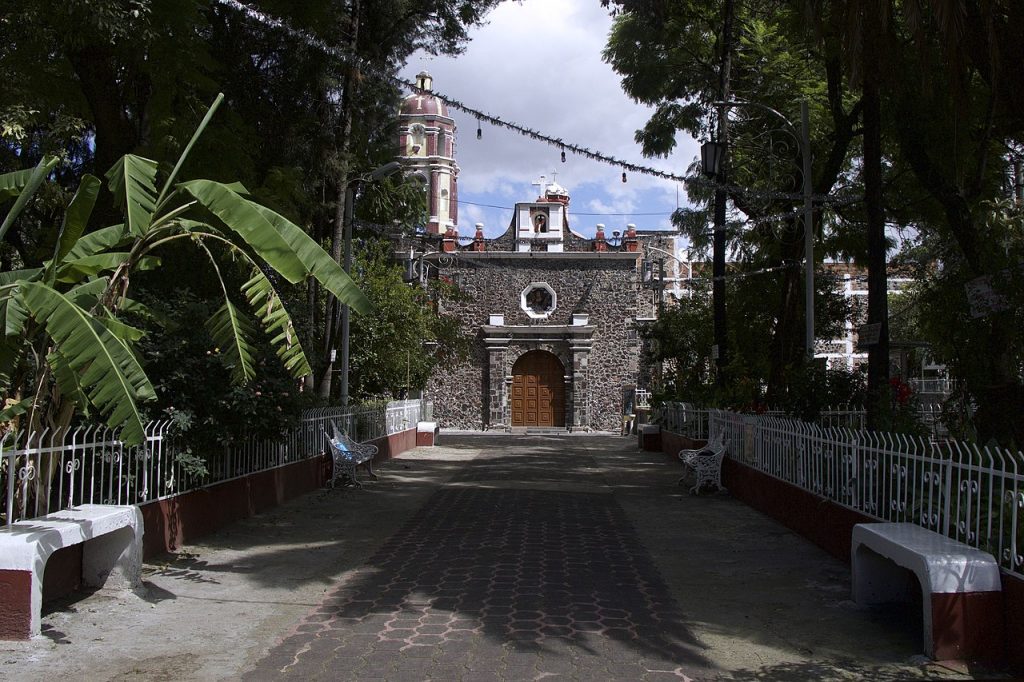
San Andrés Tetepilco es uno de los 15 Pueblos Originarios de Iztapalapa. Se ubica en el poniente de la alcaldía, en el limite con la Benito Juárez e Iztacalco. Tetepilco es el nombre náhuatl original y significa “la naturaleza de la mujer labrada en piedra”. El pueblo es famoso por su arquitectura colonial, sin embargo, se sabe que era habitado desde antes de este periodo. El templo es uno de sus íconos.
Los franciscanos comenzaron su construcción en 1566 y fue concluido por los agustinos tiempo después. El 30 de noviembre se festeja al patrón del pueblo; San Andrés Apóstol. Este es el patrón de la ganadería y la agricultura. Los festejos incluyen una feria muy colorida con danzas tradicionales y prehispánicas. El carnaval de primavera es una festividad importante tanto para el pueblo como para los otros 14 pueblos originarios. Los fines de semana de marzo y abril tienen celebraciones prehispánicas. Es una tradición en Iztapalapa con la intención de despedir el invierno y dar paso a la primavera, la fertilidad, la siembra y la cosecha.
San Andrés Tetepilco tiene su propia representación de la Pasión de Cristo, alberga el Museo del Transporte Eléctrico y la central operativa del sistema de trolebús. A poca distancia de la estación de Metro Portales, es una zona curiosa en la entrada de la alcaldía de Iztapalapa.
 +52 (55) 5672 4562
+52 (55) 5672 4562
 https://www.facebook.com/San-Andres-Tetepilco-450-a%C3%B1os-Oficial-554760351222061/
https://www.facebook.com/San-Andres-Tetepilco-450-a%C3%B1os-Oficial-554760351222061/
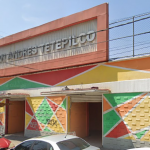
Cercano a 0.13 kms.
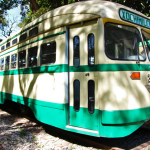
Cercano a 0.56 kms.

Cercano a 0.75 kms.

An all but forgotten island of the ancient Texcoco Lake . . .
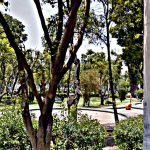
A charming neighborhood park in Tlalpan . . .
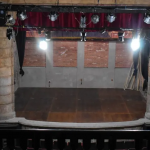
An exceptional mini-theater district in the heart of Churubusco . . .

Un mercado de flores abierto las 24 horas en la zona de hospitales . . .
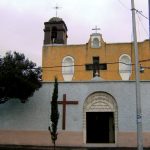
A tiny chapel recalls the long history of the Colonia Tránsito . . .